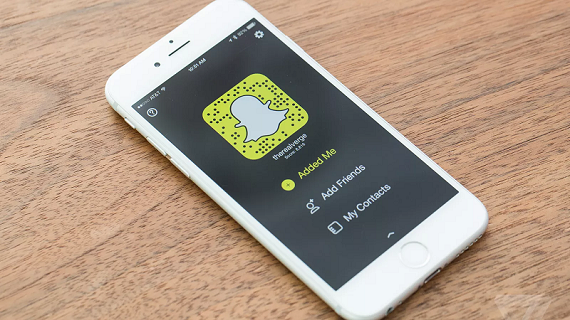
Snapchat, which is about to go public at a valuation of $25 billion, makes the majority of its money from ad revenue, specifically from its Discover section, in which it partners with media companies for them to show exclusive content.
Previously, Snap, as the companyis now called, and its media partners, be it Vox, Comedy Central, Cosmopolitan, would split the ad revenue that was generated by those channels. Now the company is about to shake up how that’s done, basically by cutting those partners out of their share of that ad revenue, according to a report from ReCode.
Instead, it would pay those partners an up front lincensing fee, and any ad revenue would go straight into Snap’s pocket.
Not only would this give Snapchat a larger revenue stream, it would also give it more control over which ads its shows on its app. Before, both Snap and the publishers were both selling ads for the content posted on Discover, splitting the revenue based on who sold it. Now, Snapchat would be the only entity selling those ads.
This new model will apply not only to Discover. The company, which earlier this year launched short-form TV-style shows, called “Snapchat Shows,” is going to use the same model for those as well.
Snapchat’s ad revenue has been growing by leaps and bounds year-over-year.
Leaked financials from earlier this year showed Snapchat growing its revenue by more than 8x from the beginning of 2015 to ehe end, going from $4 million Q1 to $33 million in Q4, for $59 million total.
According to the Journal, the company told its investors that it expects revenue of between $250 million and $350 million in 2016, and a report from eMarketer last month predicted that the company will see $366.69 million in ad revenue this year, and then $935.46 million in 2017.
Going from what it made in 2015 to what it generated in 2017, that would be a 1,485 percent increase in revenue in just two years.
Snapchat began its advertising push in 2014, when it started running ads in its Recent Updates section. n January of last year it launched the Discover feature, as a sway for editorial teams to put up their own Stories, which also, of course, include advertisements.
In an interview with Adweek in 2015, Snapchat CEO Evan Spiegel outlined what he saw as some advantages his company has over its competitors when it comes to advertising. That includes being able to put up full- screen advertisements, while the ads that others show are stuck inside a feed.
Another advantage, though it may not seem like one, is user anonymity. When Snapchat ads first arrived, the company made sure to not that they would not be targeted to specific users, as all of the other social media networks do.
Snap has also experimented with other ways to make money beyond advertising.
In November of 2014, Snapchat teamed with Square for the launch of a payments feature called Snapcash. The company has also attempted to make money from commerce, selling its users extra features, such as paid replays, which allow users to rewatch content for a fee. Not all of these efforts have worked out, though.
For example, the company launched the lenses store in November, charging users 99 cents to permanently buy one of 30 available lenses. Snapchat shut down the project in January, instead focusing on branding efforts. That is the same thing that it did with its Discover feature as well, selling sponsored channels.
Its most recent experiment in commerce, the one that necessitated its name change, was the release of Spectacles, sunglasses with an integrated video camera that makes it easy to create Memories.
VatorNews has reached out to Snapchat, but the company had no comment.
(Image source: theverge.com)















